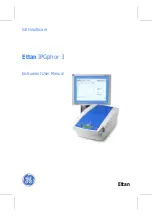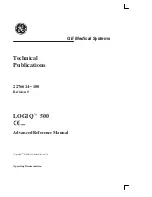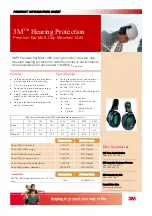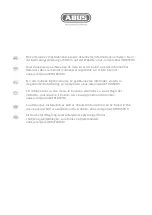
2
Functional Description
Thermo Scientific
HESI-II Probe User Guide
7
A large negative or positive voltage is applied to the ESI needle (typically
±
3 to
±
5 kV), which
sprays the sample solution into a fine mist of charged droplets. The probe nozzle directs the
flow of sheath gas and auxiliary gas at the droplets. The probe body houses the probe nozzle
and needle insert, and includes the sheath gas and auxiliary gas plumbing.
The probe body has inlets for the sheath and auxiliary gases. The sheath gas is the inner
coaxial nitrogen gas that sprays (nebulizes) the sample solution into a fine mist as it exits the
metal needle sample tube (see
). The heated auxiliary gas is the outer coaxial nitrogen
gas that assists the sheath gas in the desolvation of sample solutions (see
). The
auxiliary gas heats as it passes through a vaporizer. The vaporizer is thermally insulated from
the sample tube to prevent direct heating of the sample solution. You can control the
vaporizer temperature from the Xcalibur™ data system. The temperature range is from
ambient room temperature to 600 °C. For recommended operating temperatures and gas flow
settings, see
.
Figure 5.
Sheath gas plumbing
Sheath gas fitting (blue)
in gas inlet (S)
Metal needle
(inner needle)
Sheath
gas
ESI needle
(outer needle)
Summary of Contents for HESI-II Probe
Page 1: ...HESI II Probe User Guide 70005 97000 Revision C April 2009 ...
Page 6: ......
Page 10: ......
Page 34: ......
















































